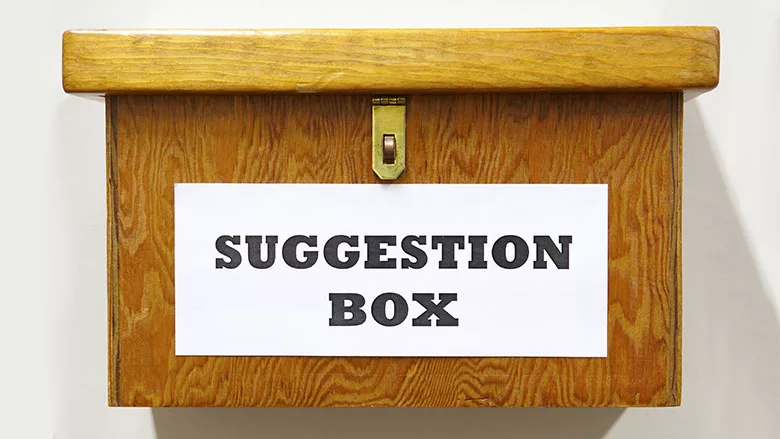Building a Drilling, Construction Team? Try Feedback
Giving, Receiving Criticism Important for Growth

How are you at giving and receiving feedback? How about your supervisor?
Source: Getty Images
Capt. Fletch to loyal leaders requesting fly-by! Hello again and welcome to another edition of the Leadership Toolbox. Last month, we examined the importance of patience in motivating a team and returning it to a successful path. This month, I would like to look into the importance of critical feedback. During the course of my military career, I could generously describe the number of times I received meaningful feedback as minimal. I had to beg my superiors to prescribe things for me to address to better myself.
The difficulty of critical feedback — both delivering and receiving — can prove challenging for any organization. As a leader, you tell someone about their shortcomings. As a subordinate, you have to accept the identified areas of improvement. What tactic works best for both sides to approach something that ultimately benefits the team? Officers like me had a very formalized, standardized process for feedback. We used specific forms and calendar invites to office sessions, but little effort on either side to make the conversation meaningful. In essence, the exercise merely checked a box. Unfortunately, it resulted in no one really knowing how to better themselves or better help the organization accomplish its objectives. I found the same approach in construction in the private sector. The only feedback people seemed to receive followed a crisis on the jobsite. I also learned many leaders only reluctantly receive critical feedback from subordinates.
One project I worked on fell drastically behind schedule and the company sat on the verge of losing the contract. For several weeks, I pointed out to the project manager a lack of understanding among workers about assigned roles and responsibilities, or prioritization of the tasks assigned. Whenever I brought it up, he brushed off my concerns. It would be addressed, he assured me, but it never was. When the project owner began to come down on the project manager, it suddenly became the fault of the team members. We were not focusing on the right things and we needed to do a better job of meeting the owner’s expectations. The project manager pulled me into his office and stated his disappointment with my ability to use my military leadership skills to train and lead other team members. I respectfully took the feedback and gave my two weeks’ notice that Friday. The company lost the contract and the project manager got reassigned to another job closer to company headquarters.
How might this situation have turned out differently had all involved executed critical feedback in a meaningful way?
The process begins with building relationships. We have to see our team members as people first. We have to have regular conversations with our people and get to know them before we can help them improve.
As a coach, I have learned the special difficulty of athletics feedback. Many of my players have ambitions to play at higher levels. Part of what will get them there, in my opinion, is realistic and honest feedback that shows them where and how to improve. The process begins with building relationships. We have to see our team members as people first. We have to have regular conversations with our people and get to know them before we can help them improve. I made it a point as an officer to just have conversations with my team, and now do the same as a coach. Doing this allows us to understand the type of communication that works best with our people.
There is no standardized way to deliver feedback. Each person communicates differently and it is our job to find the best way to reach our people. Looking at it this way, feedback becomes more about using the proper communication techniques to reach our people in a meaningful way. For some, that means a formalized setting with set parameters where they receive information in a direct manner. For others, it may be over a cup of coffee on the tailgate with a more informal spin on the conversation. Whatever the approach, it boils down to finding the best, most honest way to communicate with our team members. Likewise, it is important to give those same team members the opportunity to give us feedback.
It is not easy, as a leader, to open yourself to critical feedback. Nor is it easy to accept, as we learn areas we need to improve. However, if we tailor our approach, even just a little, and find the best way to establish two-way communication, we bridge the gap between leadership and team members. In doing so, we unlock the potential of our people in ways we never imagined. Ultimately, we build indestructible bonds and employee loyalty that secures the future of our organizations for decades to come. Critical feedback, implemented correctly, could be the tool that not only improves individual performance, but ultimately skyrockets the likelihood of success of our organizations.
Until next time, Capt. Fletch over and out.
Looking for a reprint of this article?
From high-res PDFs to custom plaques, order your copy today!





